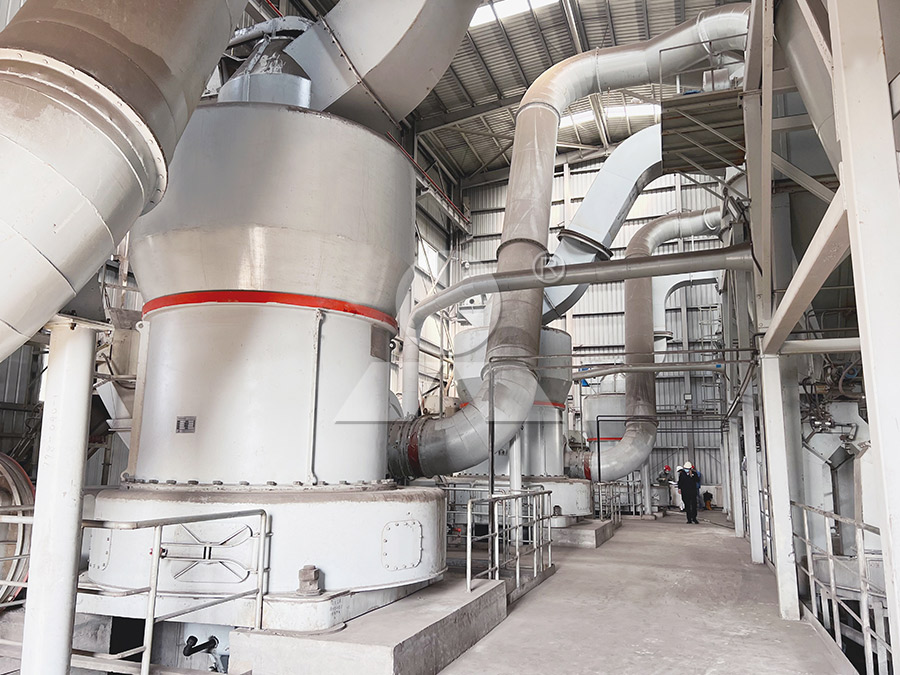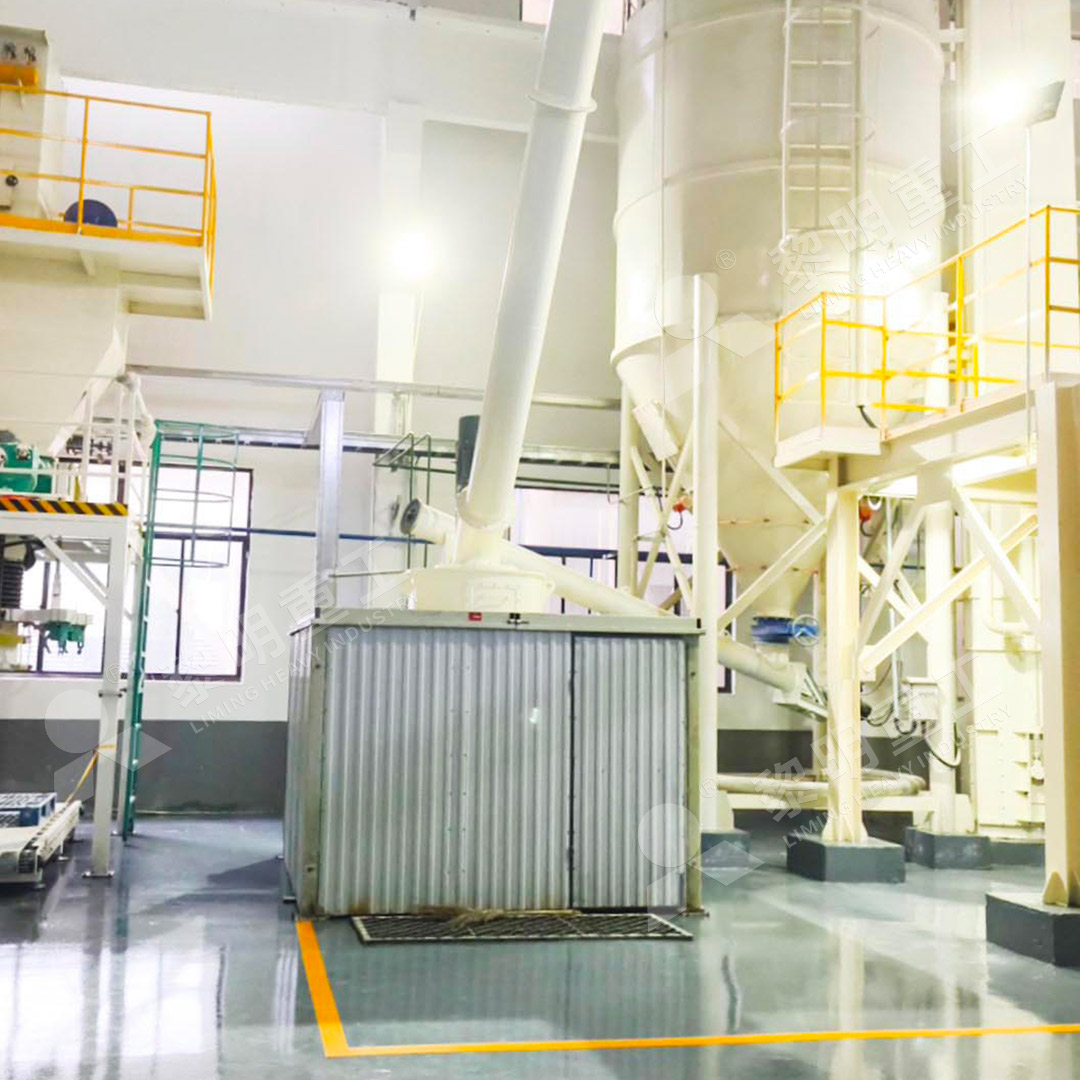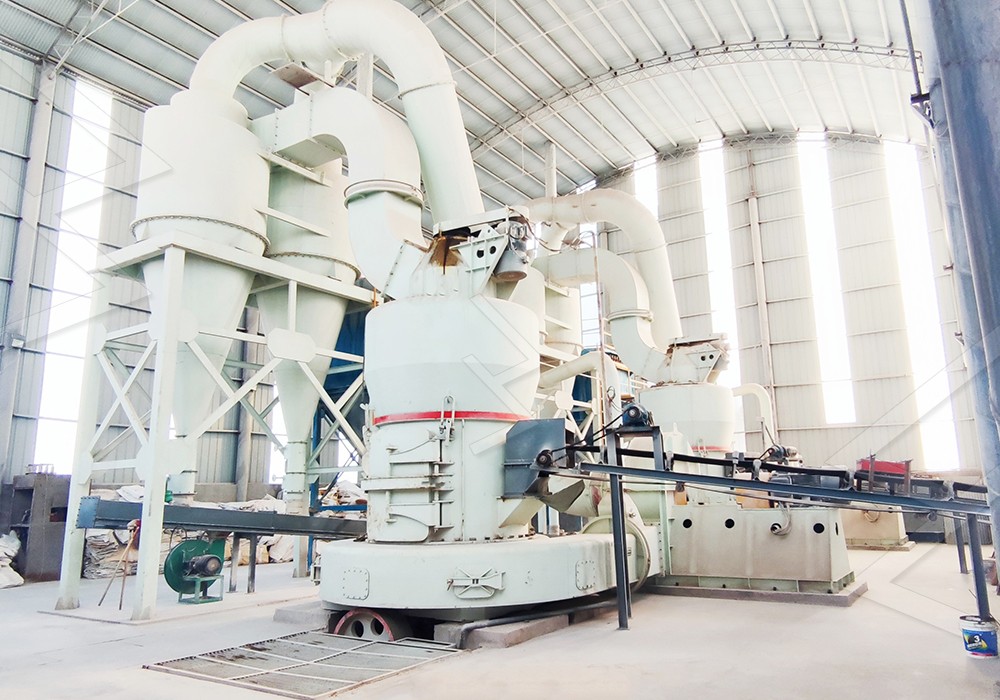4R Grinding Mill for Carbon Black Processing
Optimizing Carbon Black Processing with Advanced Grinding Technology
Carbon black processing demands precision, efficiency, and reliability in grinding operations. As industries increasingly require finer particle sizes and higher production capacities, traditional grinding methods often fall short in meeting these stringent requirements. The 4R grinding mill configuration has emerged as a robust solution specifically engineered to address the challenges of carbon black processing.

The Critical Role of Particle Size in Carbon Black Applications
Carbon black’s performance characteristics are directly influenced by its particle size distribution and surface area. From rubber reinforcement to pigment applications, the fineness and uniformity of carbon black particles determine the final product quality. The 4R grinding mill configuration, with its four grinding rollers, provides the necessary mechanical advantage to achieve consistent particle size reduction while maintaining production efficiency.
Unlike conventional grinding systems that struggle with heat generation and inconsistent output, the 4R design distributes grinding pressure evenly across multiple rollers, reducing wear on individual components while ensuring uniform particle size distribution. This becomes particularly important when processing carbon black, where excessive heat can alter the material’s fundamental properties.
Advanced Grinding Solutions for Modern Carbon Black Requirements
For operations requiring ultra-fine carbon black powders, our MW Ultrafine Grinding Mill represents the pinnacle of grinding technology. Engineered specifically for customers who need to make ultra-fine powder, this machine handles input sizes of 0-20 mm with capacities ranging from 0.5 to 25 tph. The MW series incorporates German cage-type powder selector technology, allowing precise fineness adjustment between 325-2500 meshes with screening rates achieving d97≤5μm in a single pass.
What sets the MW Ultrafine Grinding Mill apart in carbon black processing is its innovative design that eliminates rolling bearings and screws within the grinding chamber. This eliminates concerns about bearing damage or loose screws causing machine failure. The external lubrication system enables continuous 24-hour operation without shutdowns for maintenance, significantly improving production uptime.

Environmental Considerations in Carbon Black Grinding
Modern carbon black processing must address environmental concerns without compromising production efficiency. The integrated pulse dust collector and muffler system in our grinding solutions effectively contain carbon black dust—a significant concern in processing facilities. The complete system operates according to national environmental protection standards, minimizing the ecological footprint of grinding operations.
The energy efficiency of modern 4R grinding systems represents another critical advancement. Compared to traditional jet grinding mills, the MW Ultrafine Grinding Mill reduces system energy consumption by approximately 30% while increasing production capacity by 40% under the same fineness and power conditions. This combination of performance and efficiency makes modern grinding technology particularly valuable in today’s competitive manufacturing environment.
Material Handling and Processing Innovations
Carbon black’s unique properties present specific handling challenges that influence grinding system design. The material’s tendency to compact requires specialized feeding systems and grinding chamber geometries. Our grinding mills address these challenges through carefully engineered material flow paths and grinding curves that prevent material buildup while ensuring consistent processing.
The working principle involves the motor driving the main shaft and turnplates through the reducer, which then drives multiple rollers to rotate against the race way of the ring. Material is fed to the central part of the upper turnplate evenly, where it falls under centrifugal force and comes down to the raceway to be crushed into powder. This multi-stage grinding approach ensures thorough processing without overworking individual sections of the mill.

Frequently Asked Questions
What makes the 4R configuration particularly suitable for carbon black processing?
The four grinding rollers provide balanced pressure distribution and increased grinding surface area, resulting in more consistent particle size distribution and higher throughput rates compared to configurations with fewer rollers.
How does the MW Ultrafine Grinding Mill handle heat-sensitive materials like carbon black?
The mill incorporates advanced cooling and ventilation systems that maintain optimal operating temperatures, preventing thermal degradation of carbon black while ensuring consistent grinding performance.
What maintenance advantages does the MW Ultrafine Grinding Mill offer?
With no rolling bearings or screws in the grinding chamber and external lubrication capabilities, the mill significantly reduces maintenance requirements and enables continuous 24-hour operation with minimal downtime.
Can the grinding fineness be adjusted during operation?
Yes, the cage-type powder selector allows real-time adjustment of product fineness between 325-2500 meshes without stopping production, providing exceptional operational flexibility.
How does the energy consumption compare to traditional grinding systems?
The MW Ultrafine Grinding Mill reduces energy consumption by approximately 30% compared to jet grinding mills while increasing production capacity by 40% under identical operating conditions.
